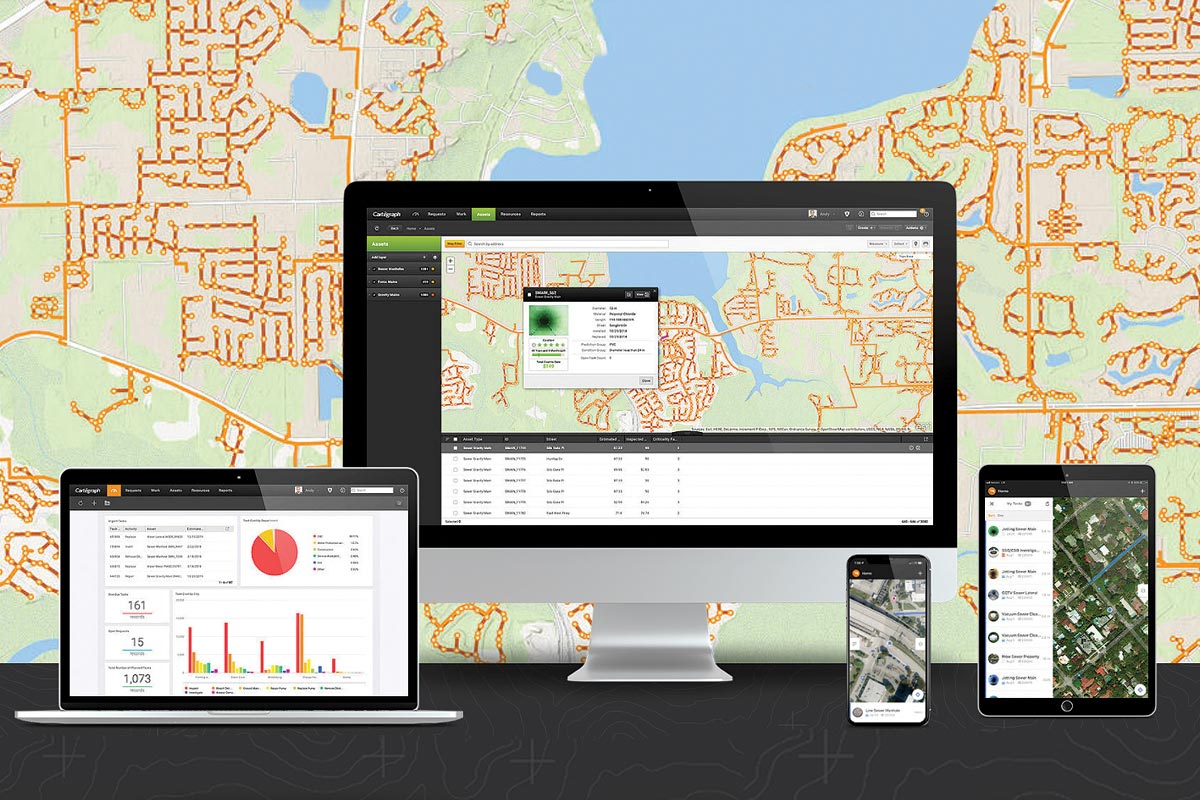
BTrenchless Completes Five Auger Bores in Johnstown, Colorado
BTrenchless was awarded a subcontract in fall 2022 to construct five different trenchless installations in Johnstown, Colorado. The grade-critical installations will provide new sanitary sewer infrastructure in the area to accommodate increased development and demand as part of the larger Johnstown Sewer Expansion project located in Weld County.
The overall project involves several phases to install new sanitary sewer pipeline that extends nearly to the limits of the Town. Connell Resources Inc. was selected as the general contractor on the project and has already completed work on two previous phases, with this third phase having an expected completion of late 2023. BTrenchless has performed the auger boring on all three phases to date.
The five sanitary sewer bores include crossings under Hillsborough Ditch, several different county roads, high profile utilities and Great Western Railroad lines. The length of the crossings range from 98 ft to 163 ft, with three 36-in. bores and two 42-in. bores to accommodate 24-in. and 27-in. sanitary carrier pipes, respectively. The casing material elected to be used was an epoxy coated steel with PVC carrier pipes. Depth to top of the pipe ranges from 12 ft to 20 ft. The soil borings taken along the pipe alignment indicated the water table would be above the top of pipe at each crossing with a mix of course alluvium and sand with gravel in the bore profiles.

Through experience working in these soil conditions and analyzing the bore logs at each site, BTrenchless proposed to use auger bore methods at each of the bores. Auger boring is simultaneous casing installation and spoil removal by means of a rotating auger. However, due to the soil conditions seen in the bore logs, BTrenchless elected to use more than just auger boring alone to achieve the high level of accuracy needed on several of the bores. The decision was made in pre-con to utilize several additional steps which included Guided Boring Machines (GBM) and On-Target Steering Systems (OTS) depending on the soil conditions expected at each location.
The GBM utilizes an optically guided pilot tube. The GBM system is capable of extremely accurate installation on distances as required by the project. This is achieved by viewing a target located at the back of the pilot tube head continuously until reaching the receiving pit on the opposite side of the crossing. The crew can even get a feel for the ground conditions during installation and will know if there are any major obstructions along the way. The OTS utilizes a steerable head that is secured to the front of the lead casing. Hydraulics that run to the head can be controlled through a control station in the bore pit. Line is checked through the casing using LED lights mounted inside of the head. The hydraulics connected through the control station can be utilized to extend or retract flaps on the steerable head to adjust line and grade at the front of the casing.

BTrenchless completed the first bore of this phase of the project in early 2023. The first bore location was a crossing under Hillsborough Ditch with a 42-in. casing that was 100- ft long. Due to the more favorable ground conditions at this location, BTrenchless elected to use a conventional auger bore method without the need for the additional steps of the GBM or OTS. The first bore went according to plan and was completed on line and grade.
As of March 31, BTrenchless is on the home stretch of completing the second bore. The second bore included a crossing of County Road 17, as well as a line of the Great Western Railroad. Based on the soils identified in the bore logs, BTrenchless planned to use an OTS method on this bore. During excavation of the launch and receiving pits, pockets of buried cobbles were discovered that were in the same alignment as the bore path. The unanticipated cobbles created concerns with the OTS method that was planned as the larger cobble can cause issues with the capability of the OTS head to utilize the hydraulically active flaps to control line and grade.

The project team made the quick decision to switch to a more suitable method to reduce risk and keep the project on schedule. BTrenchless determined that a GBM method would be more appropriate for the soil conditions. However, it is not feasible to transition directly from the GBM pilot tubes to the final 42-in. casing, so an intermediate 20-in. step up casing had to be installed. Once the GBM pilot rods were installed on line and grade into the receive pit, an adaptor was utilized to connect the pilot tubes to the intermediate 20-in. casing in the bore pit. As the 20-in. casing was bored across, the GBM rods were extracted from the receive pit. Once the 20-in. casing was in place, a similar adaptor was installed in the launch pit to transition from the 20-in. casing to the final 42-in. casing. As the final 42-in. casing was progressed, the 20-in. casing was extracted from the receive pit in a similar fashion as the GBM rods on the previous step.
BTrenchless was able to successfully switch methods and send the GBM rods and intermediate 20-in. casing across the alignment and are in the process of completing the install of the final 42-in. casing. After completion of the second bore on the project, BTrenchless will return to complete the final three bores in the fall 2023 due to schedule constraints with the agricultural land along the alignment.
Stefan Johnson is project manager at BTrenchless Inc.




